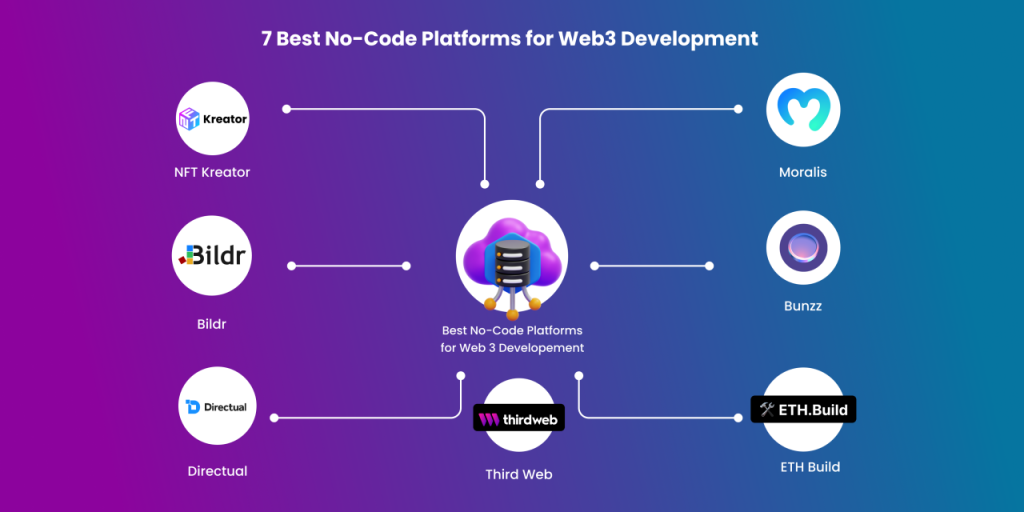Because the electronic landscape remains to evolve, the development of Web3 has caused a paradigm change in website making, emphasizing decentralization, blockchain integration, and improved consumer empowerment. Choosing the very best Web3 site builder is a must for those trying to control the potential of the decentralized future. One standout platform in this room is Sia Skynet, supplying a decentralized record storage option that easily combines with web site building. Skynet allows developers to generate censorship-resistant, internationally available sites by leveraging the Sia blockchain, giving an progressive method of material distribution.
Yet another prominent player is Porcelain Network, a decentralized project for making, hosting, and discussing mutable material on the Web3. Ceramic enables designers to create vibrant and personalized sites by leveraging decentralized identity and verifiable credentials. The system empowers people to regulate their data and identities across the Web3 ecosystem, fostering a new period of user-centric electronic experiences.
For those seeking a flexible Web3 website builder, Blockstack is just a persuasive choice. It offers a comprehensive set of instruments for developers to generate decentralized purposes (DApps) and websites. With Blockstack, consumers can build purposes with decentralized identity, certification, and storage, ensuring that data remains below person get a handle on while offering a familiar progress environment.
Unstoppable Domains is another critical player in the Web3 website creating space. Noted for its blockchain-based domain names, Unstoppable Domains simplifies the process of making censorship-resistant websites. Consumers can fix their blockchain domain to decentralized content storage systems, ensuring that their sites remain accessible even yet in the face area of conventional domain censorship.
The emergence of IPFS (InterPlanetary Record System) has also somewhat influenced Web3 site building. Programs like Fleek leverage IPFS to create static websites with decentralized hosting. Fleek simplifies the arrangement process, enabling customers to effortlessly host their sites on IPFS while developing with common Web3 methods and tools.
Ensuring information solitude and control is just a cornerstone of the Web3 action, and OrbitDB reaches the forefront of the effort. As a serverless, distributed, and peer-to-peer database, OrbitDB enables developers to create decentralized applications with real-time cooperation features. It is very well-suited for jobs that prioritize data strength and resilience against central items of failure.
Handshake, a decentralized labeling protocol suitable for the Domain Name Program (DNS), is adjusting the way websites are addressed. By applying Handshake, customers can cause and control domain names on a blockchain, reducing dependence on traditional DNS services and fostering a more decentralized and protected web.
The ethos of Web3 revolves around individual empowerment, and Holochain embodies that viewpoint by providing a web3 website development for building peer-to-peer applications. Holochain allows developers to create scalable and distributed purposes without a central host, fostering an environment wherever people have higher get a grip on over their digital experiences.

In conclusion, the best Web3 internet site builder depends upon the precise wants, tastes, and targets of the user. Whether prioritizing decentralized storage, blockchain integration, or user-centric identification management, the varied landscape of Web3 web site contractors assures that designers and content builders will find a software that aligns with their perspective for a more decentralized and user-driven internet. The continuous evolution of the tools will likely form the ongoing future of internet development, providing new opportunities for modern and resistant electronic experiences.
